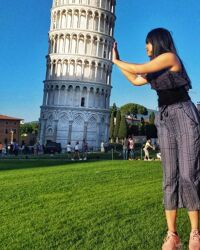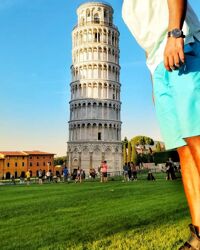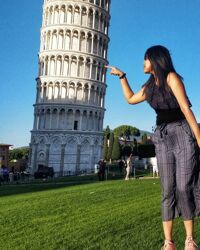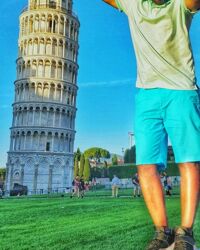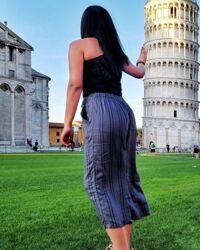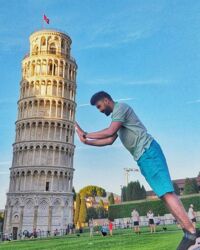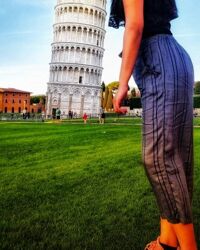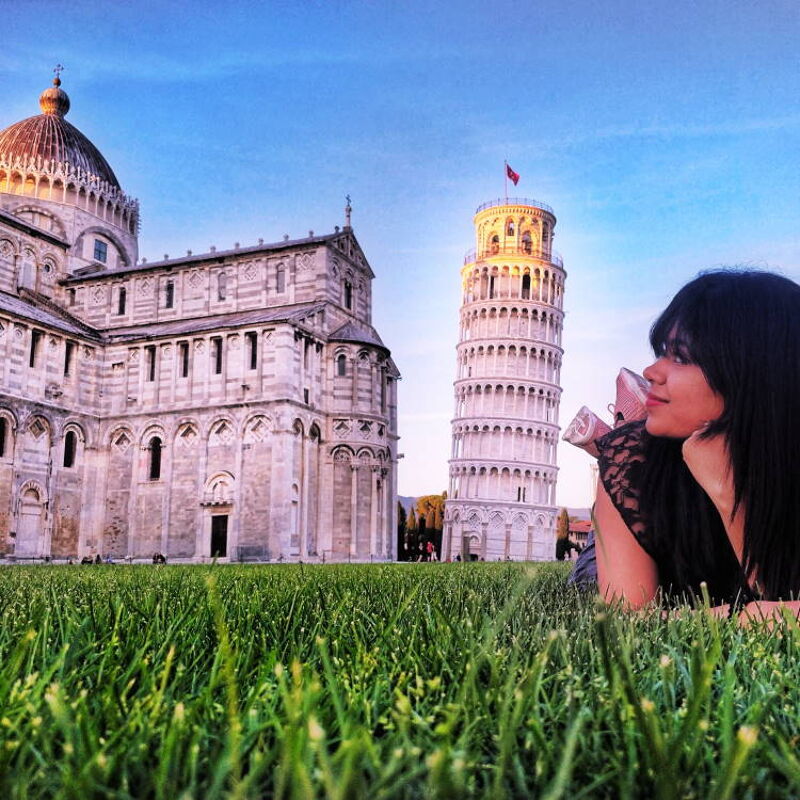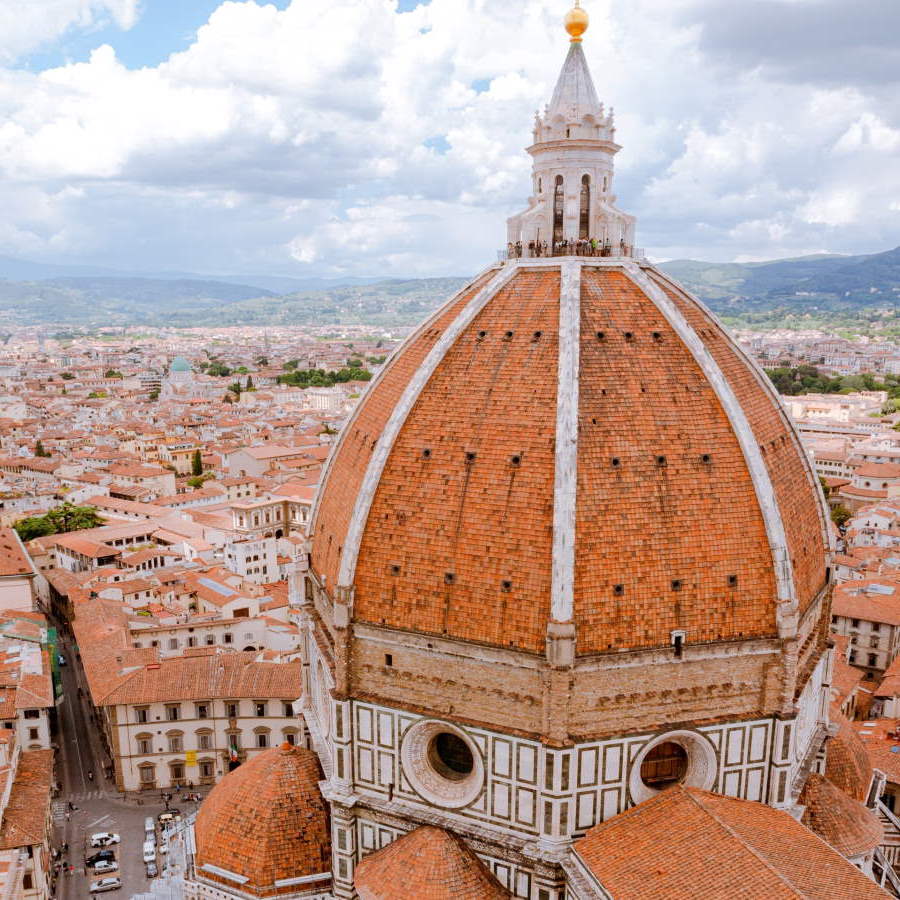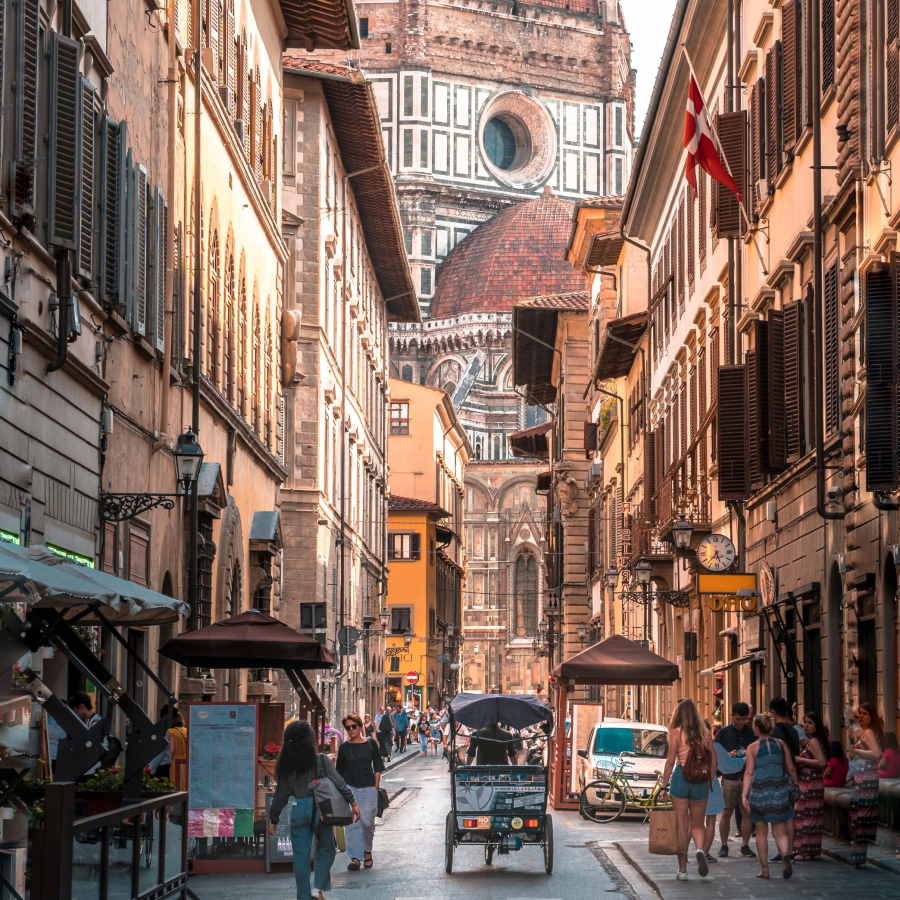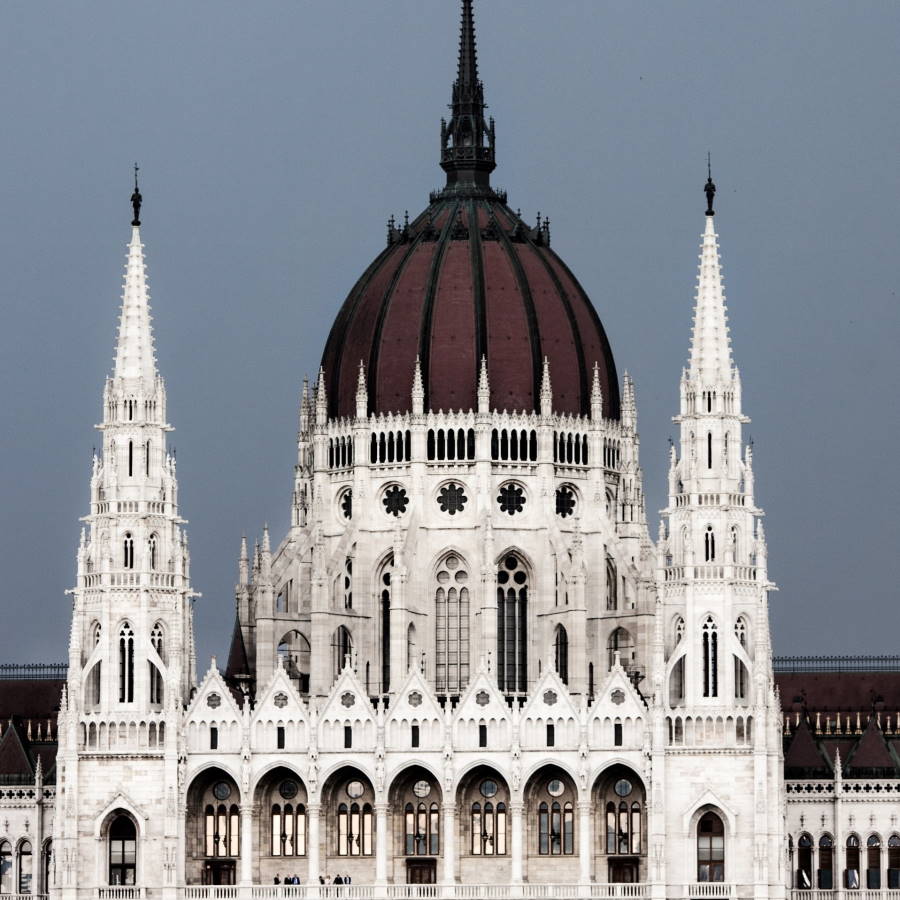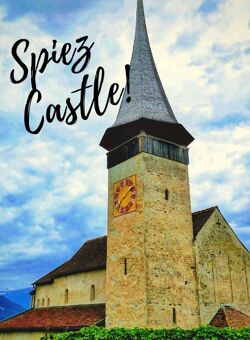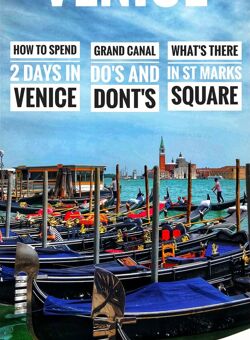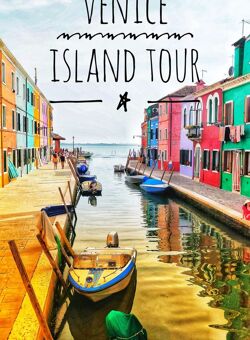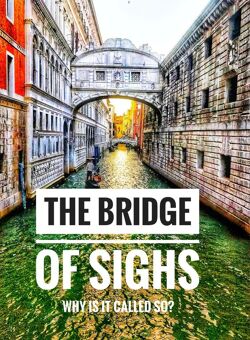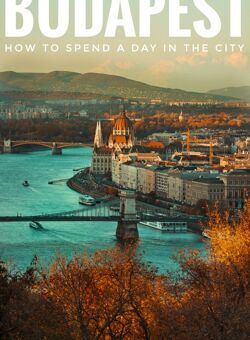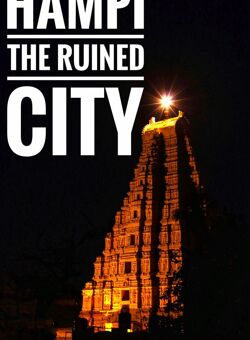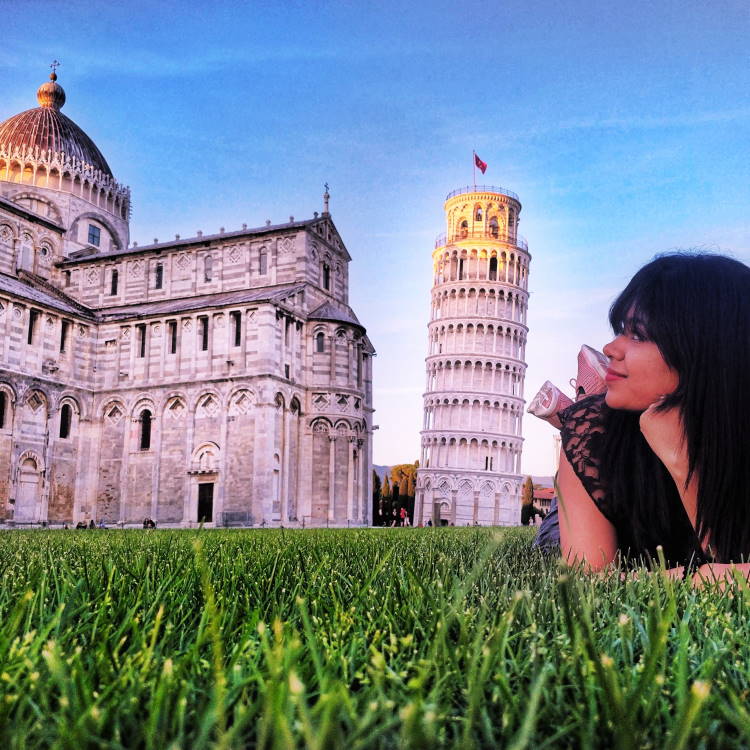
The Square Of Miracles In Pisa
Pisa, a quaint coastal city in central Italy is divided into two parts by river Arno. It lies in the Tuscan region of the country and is home to a number of gorgeous beaches. Scientist Galileo was born here! The main attraction that puts this small city of about 100k inhabitants on the map is its tilted pride - The Leaning Tower Of Pisa.

The leaning tower of Pisa is part of a UNESCO listed square popularly called the “Square of Miracles” that houses a total of four structures :
📌 Duomo di Pisa (Pisa Cathedral)
📌 San Giovanni Baptistery (Pisa Baptistery)
📌 The Leaning Tower of Pisa
📌 Camposanto Monumentale (The Cemetery)
Tickets:
You could buy the Square Of Miracles guided tour for 15 € here (does not include climbing the leaning tower). For an additional 24 € you could include climbing the leaning tower to your guided tour.
How to get there?
Without a personal transport, your best bet would be trains. You have 2 options :
🚂 The Pisa central train station is 2 km from here. This would be a beautiful 25 m walk through the streets of Pisa - gives you a good insider feel of the city. You also get to cross a bridge across the Arno river and pass by the beautiful church of Santa Maria della Spina on your way to the square. We chose this route!
 🚂 The nearest train station to the square however is Pisa San Rossore. You could hop on route ‘REG’ and get down here. A quick 15-minute walk will get you to the square.
🚂 The nearest train station to the square however is Pisa San Rossore. You could hop on route ‘REG’ and get down here. A quick 15-minute walk will get you to the square.
⚠️ Finding a parking spot outside the square is quite a pain - so be prepared for that in case you are getting your own vehicle.
⚠️ I must also warn you that the entrance is super crowded and filled with little shops selling souvenirs.
Once you make your way through the crowd you enter a walled 9-hectare lush green area showing off its elegant white edifices.
Baptistery:
 The first structure you come across is the striking white baptistery - The largest baptistery in Italy. It is dedicated to St. John the baptist - a statue of him is erected at the top of the dome. The classic contrast of its brown brick circular dome and white marble decorative arches all along the exterior facade draws attention right away. The many glass windows of the baptistery are accessorized with colorful stained glass images of various saints and arch-bishops. The interior is rather humble and follows a very contemporary style. The octagonal baptist font takes center stage. At the center of the font is a bronze statue of St John. Right next to the font is the famous masterpiece pulpit (a raised platform in a church from which the preacher delivers a sermon) created by Italian sculptor Nicola Pisano.
The first structure you come across is the striking white baptistery - The largest baptistery in Italy. It is dedicated to St. John the baptist - a statue of him is erected at the top of the dome. The classic contrast of its brown brick circular dome and white marble decorative arches all along the exterior facade draws attention right away. The many glass windows of the baptistery are accessorized with colorful stained glass images of various saints and arch-bishops. The interior is rather humble and follows a very contemporary style. The octagonal baptist font takes center stage. At the center of the font is a bronze statue of St John. Right next to the font is the famous masterpiece pulpit (a raised platform in a church from which the preacher delivers a sermon) created by Italian sculptor Nicola Pisano.

Cathedral:

A cathedral built in the Pisan Romanesque style dedicated to the assumption of Virgin Mary (which is the bodily taking up of mother Mary into heaven). It is the seat of the Archbishop of Pisa. The exterior facade is made of grey and white marble, decorated with colored marble inserts. On the entire facade there are five stages of numerous arches, and above the second stage the graceful columns and arches are lined. There are two ways to enter the cathedral - 3 huge bronze doors facing the baptistery or a huge bronze door called “The door of Saint Rainerius” facing the bell tower. This cathedral was built in competition with the cathedral of Venice (St. Marks Basilica) and hence both the cathedrals are extremely rich in their decoration and grandeur as both aimed at out-doing the other.
The interiors of the Pisa cathedral is a sight to behold. As you enter a long corridor with massive pillars on both sides welcome you. The coffered gold ceiling of the corridor is elegantly designed and carries the coat of arms of the Medici (Medici family ruled the Tuscany region for almost 3 centuries and the coat of arms was their emblem - five red balls and one blue, on a gold shield). Inside the cathedral be sure to notice the following important historic spots: The tomb of Saint Rainerius (patron saint of Pisa), the tomb of Heinrich VII (King of Germany and Holy Roman emperor who loved the city of Pisa dearly), cathedral pulpit (yet another masterpiece created by Giovanni Pisano, son of the sculptor Nicola Pisano who created the pulpit at the baptistery), stunning paintings and frescoes throughout the walls and ceiling of the cathedral (depicting scenes from various stages and significant events in Christianity) and Galileo’s lamp. Today, a replacement to the original lamp is seen in the cathedral - He came up with the concept of the pendulum after observing the to and fro motion of this very lamp. The original lamp is kept in the cemetery, in the Aulla chapel.
Leaning Tower Of Pisa:

This is actually the bell tower of the cathedral and has 8 floors. Back in the day every big cathedral/basilica had its own bell tower mainly to house the church bells. These bells would ring to remind people of prayer times. There are 7 bells housed in the leaning tower of Pisa, one for each note of the musical major scale. Construction of the tower began in the 12th century and ended in the 14th century. A good 200 years of hard work was put in to erect this masterpiece. Contrary to belief, the structure had started to lean well during its construction due to the soft ground, badly designed 3 m unstable foundation, and increasing weight as the floors kept adding up. By the end of its construction the tilt had worsened but the structure was holding up well. By the year 1990, the tilt had reached its worst state at 5.5 degrees and restoration work had to be done to bring down the tilt to the present day 4 degrees!
A window by name Berta of Bernardo is said to have left 60 gold coins in her will to the Opera Campanilis Petrarum Sancte Marie. The money from these coins were used to purchase a few stones which still form the base of the bell tower. Soon after the 3 m foundation of the structure was laid followed by work on the ground floor. The ground floor has no openings - its just a closed floor with a set of arches decorating its facade. In the subsequent years two more floors were built and this is when the tilt first appeared. Construction had to stop for almost a century after the second floor was laid because of Pisa’s on-going war with its enemies. One good thing that came out of this is that the underlying soil got enough time to settle and get used to the weight of the tower. Overtime under the leadership of many different rulers the structure was finally completed in 1372.
After the major tilt in 1990 of 5.5 degrees was identified, the structure was closed to public. The Italian government undertook heavy restoration work and many ideas were proposed - most were to somehow make the structure straight. However, the tilt was what made the structure unique and was the main reason for the growing tourism of Pisa. Hence, the final solution was to keep the tilt on but make sure that the structure was stable enough to not bend any further. In May 2008, engineers announced that the tower had been stabilized such that it had stopped moving for the first time in its history. They stated that it would be stable for at least 200 years.
Today this architectural marvel is open to public but to just 45 visitors at a time. Other than a camera, mobile phones, and a bottle of water everything else needs to be left in the secured luggage room. Each batch visit lasts for 30 minutes. Now the scary part - There is no elevator within the tower! You have to climb up 300 steps (not as demanding as it sounds!), take in the stunning panoramic views, and get down within your stipulated 30 minutes of time. The thrill of climbing a slanted structure is immense and its an experience of a lifetime. You would feel your body tilt in once direction as you walk up the stairs and the constant need to straighten and balance yourself! Health-wise if you are up for the challenge then I totally recommend it. Also buying tickets on the spot is not a good option as there is a flock of crowd and you would end up waiting for about 2 hours to get a slot. Make sure to book your tickets in advance if you plan to climb the tower.

Cemetery:

The cemetery which was the last structure to be completed in the square of miracles, is a huge, elliptical structure and a beautiful example of Gothic architecture. It is also called the “holy ground” as the mud on which the cemetery was built is said to have been brought specially from Golgotha. The Golgotha was a site reputed to be located right outside the walls of Jerusalem, where the Christ was crucified. A body buried in the holy ground is said to dissolve within 24 hours. The most admirable feature of the Camposanto Monumentale Pisa is the beautiful frescoes on its walls. Take some time to appreciate these beautiful frescoes which were restored after the original ones were destroyed by a bomb during WW2. Some notable ones depict scenes from Triumph of Death, a terrifying Last Judgment, and Stories of the Anchorites. There are many tombs built inside the cemetery and some also just outside the building. It was the burial place of the Pisan upper class for centuries.
